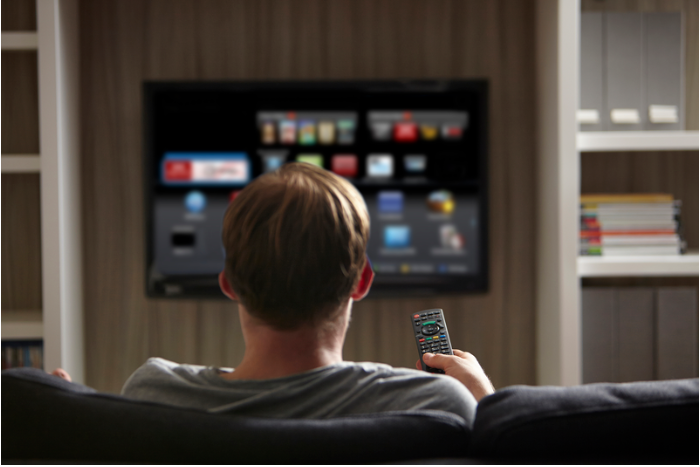Study: 64% CTV viewers prefer ads over paying more
Image Credit: Advanced Television
Author/Source: Advanced Television
DeepIntent, the healthcare advertising technology company, has published research that unveils insight into consumer behaviours and preferences for ad-supported content. Specifically, the research showed that 64 per cent of connected TV (CTV) watchers prefer to see ads than pay more for content, explaining the growth of ad-supported streaming services over the past year.
Surveying more than 2,900 US adults with LG smart televisions on their self-reported viewing habits and comparing those findings with real-world viewer data using automated content recognition (ACR) technology, the research indicates audiences stream content more than they realise.
Developed in partnership with LG Ads Solutions, the exclusive provider of LG smart TV native ads and audience targeting data, the study found that 96 per cent of linear TV viewers say they watch their favourite shows exclusively via cable or satellite box. However, real-world data from their TV sets showed that only 48 per cent of their viewership actually took place via a cable or satellite box – meaning that more than half of viewers may be watching CTV content without even realising it.
This key finding points to the importance of using ACR data when planning, measuring, and optimising advertising campaigns across linear and CTV. To address this value, DeepIntent today announced its complete integration with LG Ads Solutions’ real-time ACR data repository covering more than 30 million LG smart TVs in the US. DeepIntent is the first and only demand side platform (DSP) with this capability, offering healthcare marketers unparalleled targeting capabilities for all digital formats, including CTV, desktop, and mobile.
“For too long, healthcare marketers have struggled to reach relevant audiences at scale. By combining the targeting power of CTV with ACR data, DeepIntent’s patented technology optimises campaign audience quality and script performance in real-time,” said DeepIntent Senior Vice President of Analytics John Mangano. “Consumer research has proven that this combination influences patient outcomes.”
Conducted between March 25th and 31st, additional key findings from the research include:
65 per cent say targeted ads improve their experience
57 per cent say CTV ads are more relevant than linear TV ads
42 per cent rate the relevance of the pharma ads they see as poor or very poor
30 per cent of people feel pharma ads provide helpful information to someone in their household and 27 per cent have spoken to a doctor about a medical treatment after learning about it through an ad
These findings also reinforce past research conducted by DeepIntent that found a relationship between consumer advertising and patient research of their treatment options, which patients state as the most common factor influencing their medication adherence.
“At DeepIntent, we believe that it’s possible to measurably improve patient outcomes by arming consumers and providers alike with the information they need to know about suitable treatment options. That is why we continue to invest in research to help healthcare marketers understand what motivates patients toward healthier futures while leading the market with innovations like ACR data to make campaigns easier to plan, manage, and measure,” said Marcella Milliet Sciorra, CMO of DeepIntent.
“Understanding the efficacy of programmes is about measuring as much of a campaign as we can to have a holistic view. ACR data is fantastic in terms of allowing us to understand exposure in a way that we couldn’t from a set-top box,” said AJ Kintner, Vice President of Sales at LG Ads Solutions during DeepIntent’s recent Innovating with Intent summit.
“As Connected TV penetration increases and television viewership becomes even more fragmented between ad-supported platforms and providers, it’s important for brands to understand where their audiences are going for content if they want to maximise the reach and efficiency of their television campaigns,” said David DeSimone, Director of Video Investment at Klick Health. “We’re working with DeepIntent to help our clients identify audience overlap between linear TV and CTV, prove CTV efficiency by measuring the cost of verified patient reach, and ultimately, enhance the reach of their campaigns.”


